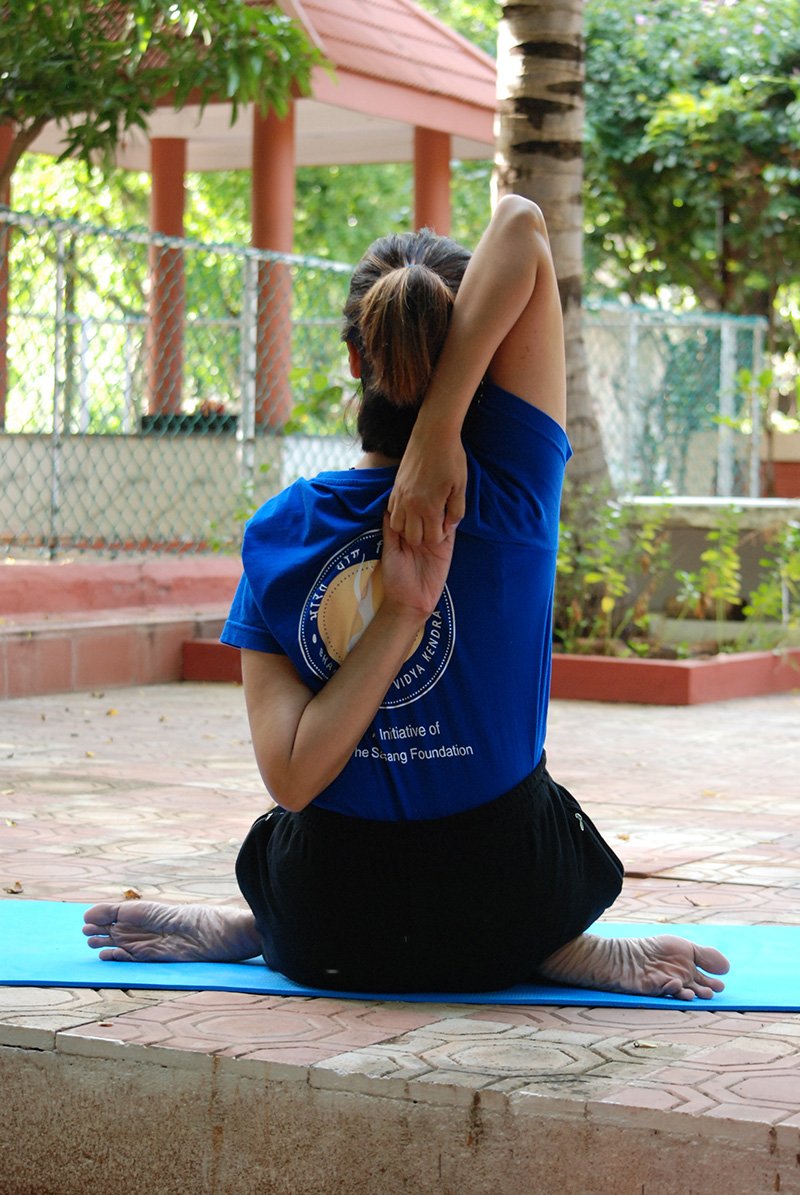
Women today often juggle between their personal and professional lives, as partners, employees, mothers, entrepreneurs and leaders. In a constantly shifting, challenging environment for women, many health issues often raise their heads. Breast cancer, depression, osteoporosis, and more, plague them. Most of these are a direct result of hormonal imbalances, stress, and poor lifestyle. In such a situation, yoga acts as a holistic practice that focuses on the physical, emotional, and mental wellbeing of women.
One of the major areas in which it excels is in regulating hormonal balance. Hormonal imbalances can cause a wide variety of problems, such as irregular periods, mood swings, and weight gain. Yoga can help regulate hormones related to these issues, alleviating the symptoms. Studies also show that prenatal yoga can help reduce pelvic pain and also slightly reduce the gestation period.
Despite all these benefits, it’s important to note that yoga is not a substitute for medical treatment. Women should consult their doctor before starting any of these yoga practices, especially if they have any underlying health conditions or are on medication.
Hormonal Balance
Certain yoga poses and breathing exercises can stimulate the endocrine glands, which are responsible for producing hormones. Inversions, such as shirshasana (headstand) and sarvangasana (shoulder stands), can stimulate the thyroid gland, which regulates metabolism. This can help regulate weight and energy levels. Twisting postures and forward-bending postures like padmasana and ugrasana can also stimulate the adrenal glands, which produce hormones related to stress.
Menstrual Cycle Regulation and Menopause
Yoga can also help regulate the menstrual cycle. Poses such as balasana, chakravakasana, and paschimottanasana can help ease cramps and discomfort from the menstrual cycle. Additionally, yoga can reduce symptoms of premenstrual syndrome such as mood swings, irritability, cravings, and bloating.
As women age, they experience menopause, a time when the body’s production of oestrogen and progesterone decreases. They may also face other issues. Yoga can help ease menopause symptoms, such as hot flashes and night sweats. Poses such as Adho Mukha Svanasana, which increases blood flow to the head, and paschimottanasana, which calms the nervous system.
Cortisol Control
Yoga can also help reduce stress and anxiety, which can have a positive impact on women. Stress can cause the body to overproduce cortisol, a hormone that can disrupt the balance of other hormones, and lead to various issues such as weight gain and diabetes. In fact, Yoga’s emphasis on breath and mindfulness can help deal with anxiety or stress. Poses such as savasana and sukhasana relaxes the muscles, eases tension, and thereby reduces cortisol levels in the body to a normal count.
Yoga is therefore an effective and tried method to deal with a variety of problems women face. From easing the stress of a business environment to maintaining a healthy pregnancy, Yoga can act as a much-needed tool to ease these issues. It is never too late to begin practicing yoga; women of all ages, backgrounds, and professions can reap the health benefits of this holistic approach to well-being. Age, weight, and flexibility are not an issue whatsoever. Regular practice will bring body positivity and prevent unnecessary exertion. If a woman properly integrates yoga into the lifestyle, it can greatly improve her general well-being and experience all dimensions of womanhood with vitality and an everlasting grace.
Know more about our upcoming programs
